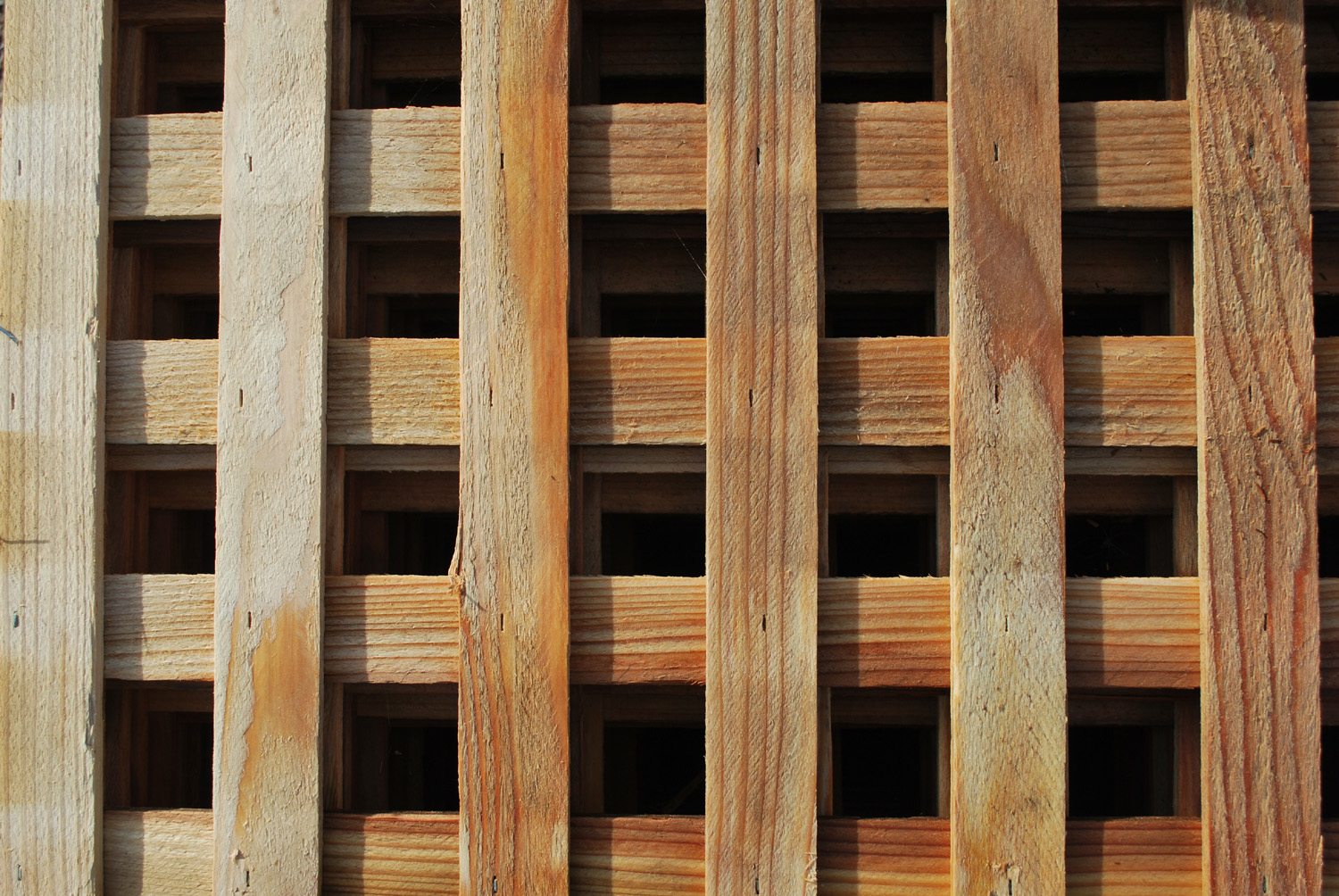

Beta is the inverse temperature but if you just leave it then I'll sort it out myself. SQUARE LATTICE 4X8 CEDAR PRIVACY HEAVY DUTY (NET 3/4 THICK WITH 1.5 OPENING)(STAINLESS STEEL STAPLES). The Standard Square Lattice has a beautiful wood grain and a 1.70 opening. Another type is the spindle lattice design which is composed of spindles or vertical slats in an upright pattern, while the horizontal lattice has slats which lay flat The open weave lattice has a bigger design which makes it highly appropriate as trellis for climbing vines and flowers in. Here i = 1, 2., 16, and the denominator of the Z is the sum of all the exponential terms of the configurations. The square hatch on the other hand, is another classic with square open spaces in between the slats. You'll also occasionally see the words arbor and pergola being used with lattice and trellis. A trellis is a wooden frame that's used to support climbing plants. Z = np.exp(-beta*energy_i)/sum(np.exp(-beta*energy_n))įor a 2x2 lattice, there are 2^4=16 lattice configurations, for every configuration i its energy is calculated by this function. A lattice is made up of wooden strips that cross each other, most commonly, in a square or diagonal pattern. For the square lattice L, we may take the vertices of the Whitney. In order to compute the partition function which shows the true distribution According to this definition, the Whitney dual of a dual graph G is the original graph G.

I know this is quite computationally heavy to run for large lattices, hence I only want to do it for lattice with small dimensions.

In order to make sure my simulation is running properly, I'm looking to compute the exact expression of the partition function so as the obtain the true equilibrium distribution, then compare the sampled frequencies of my lattice(plotted as a histogram) from simulation and compare it against the true distribution. I'm currently running a Markov Chain Monte Carlo Ising Model simulation using the Metropolis-Hasting algorithm.


 0 kommentar(er)
0 kommentar(er)
